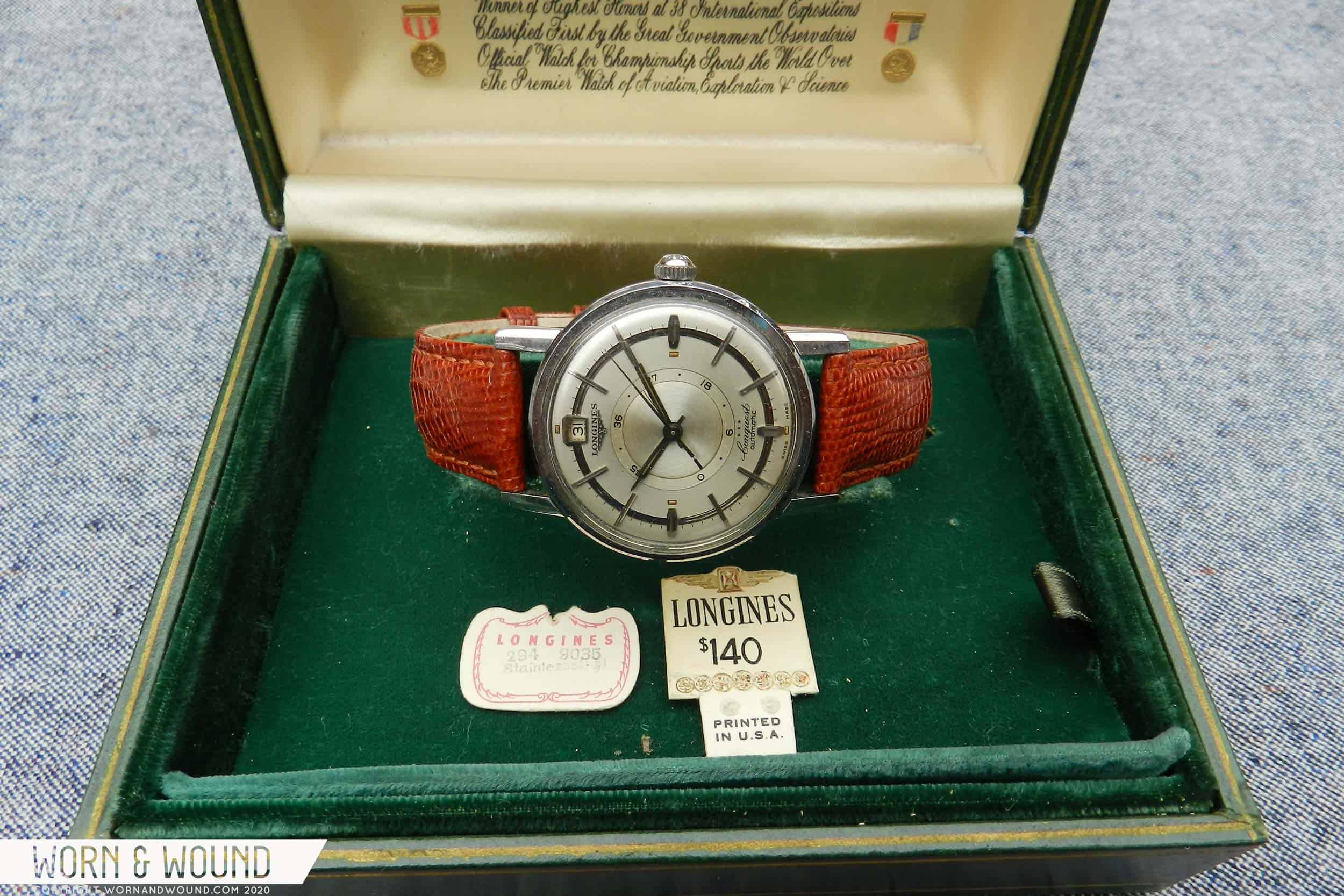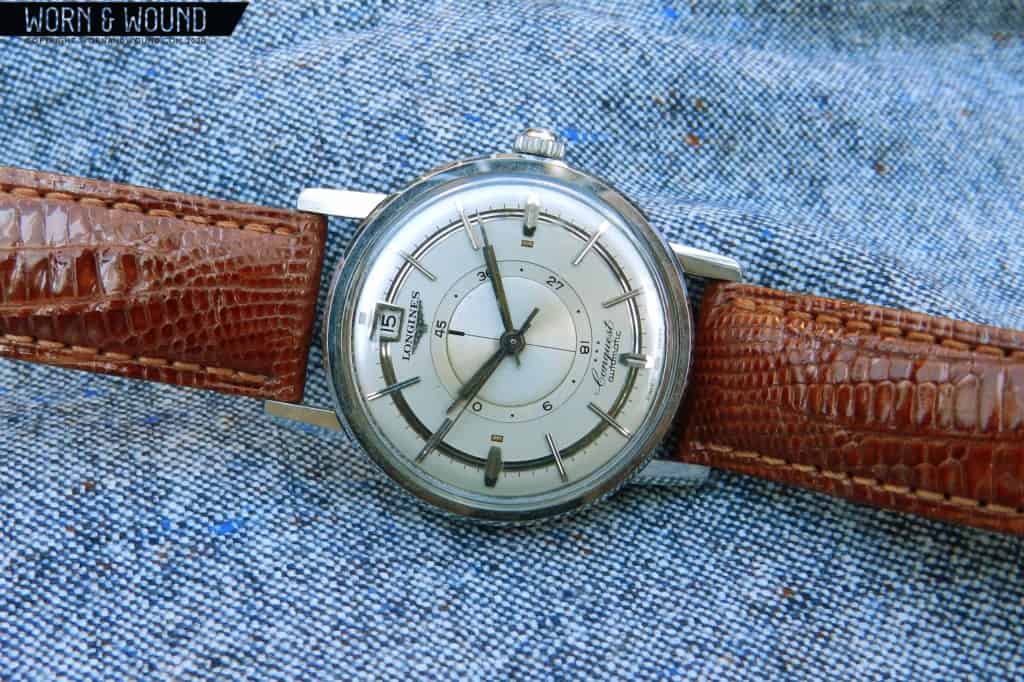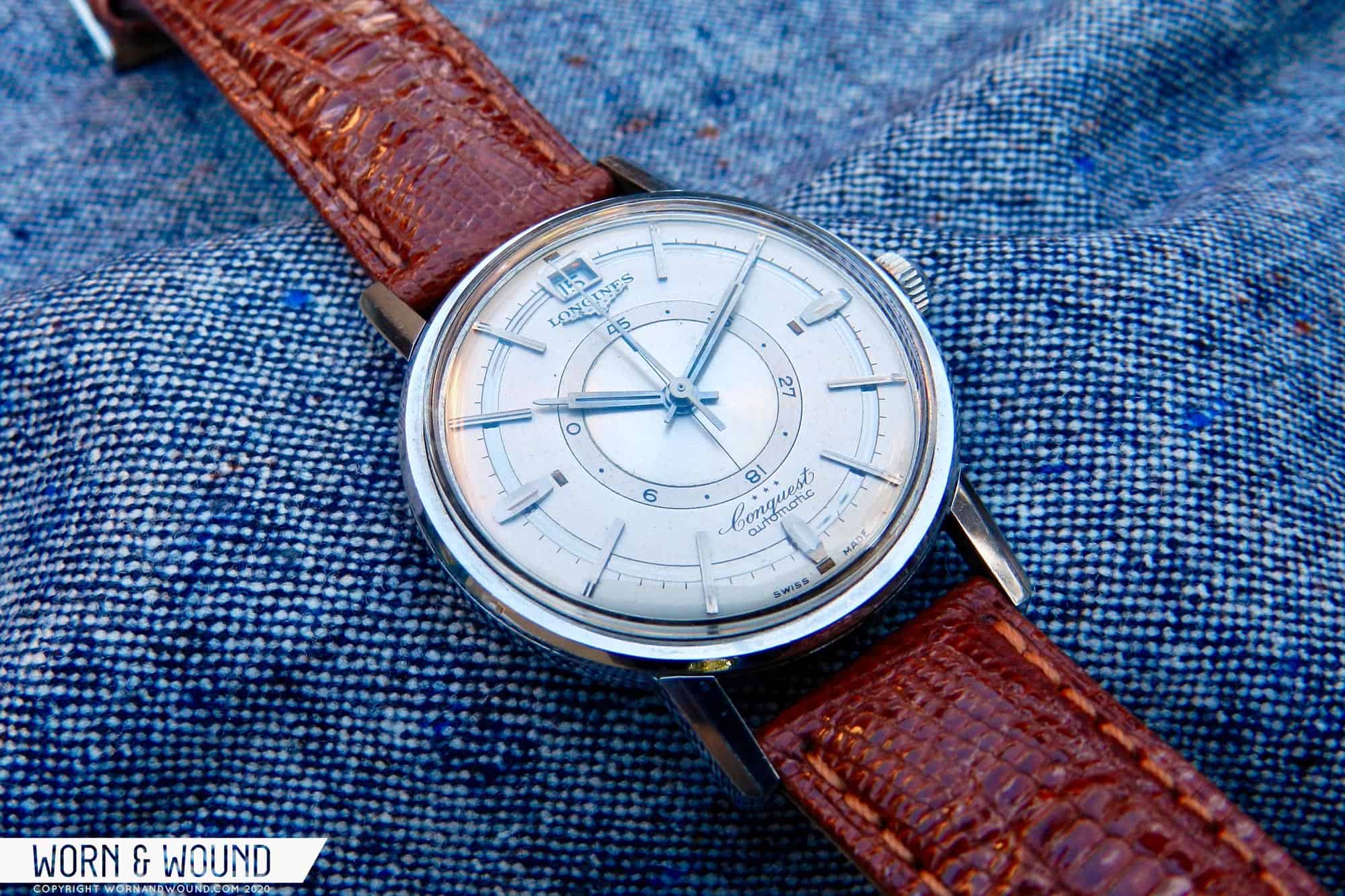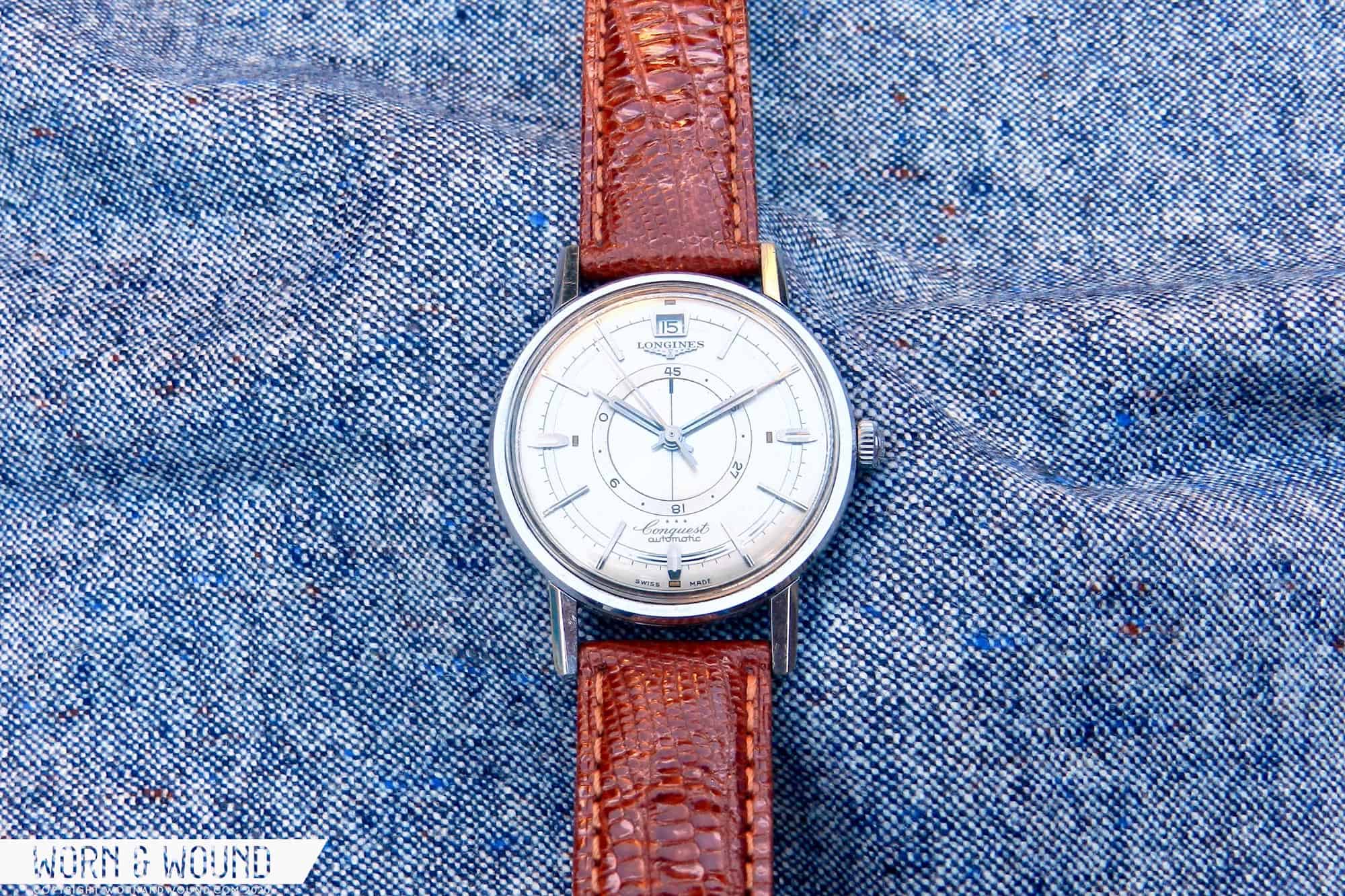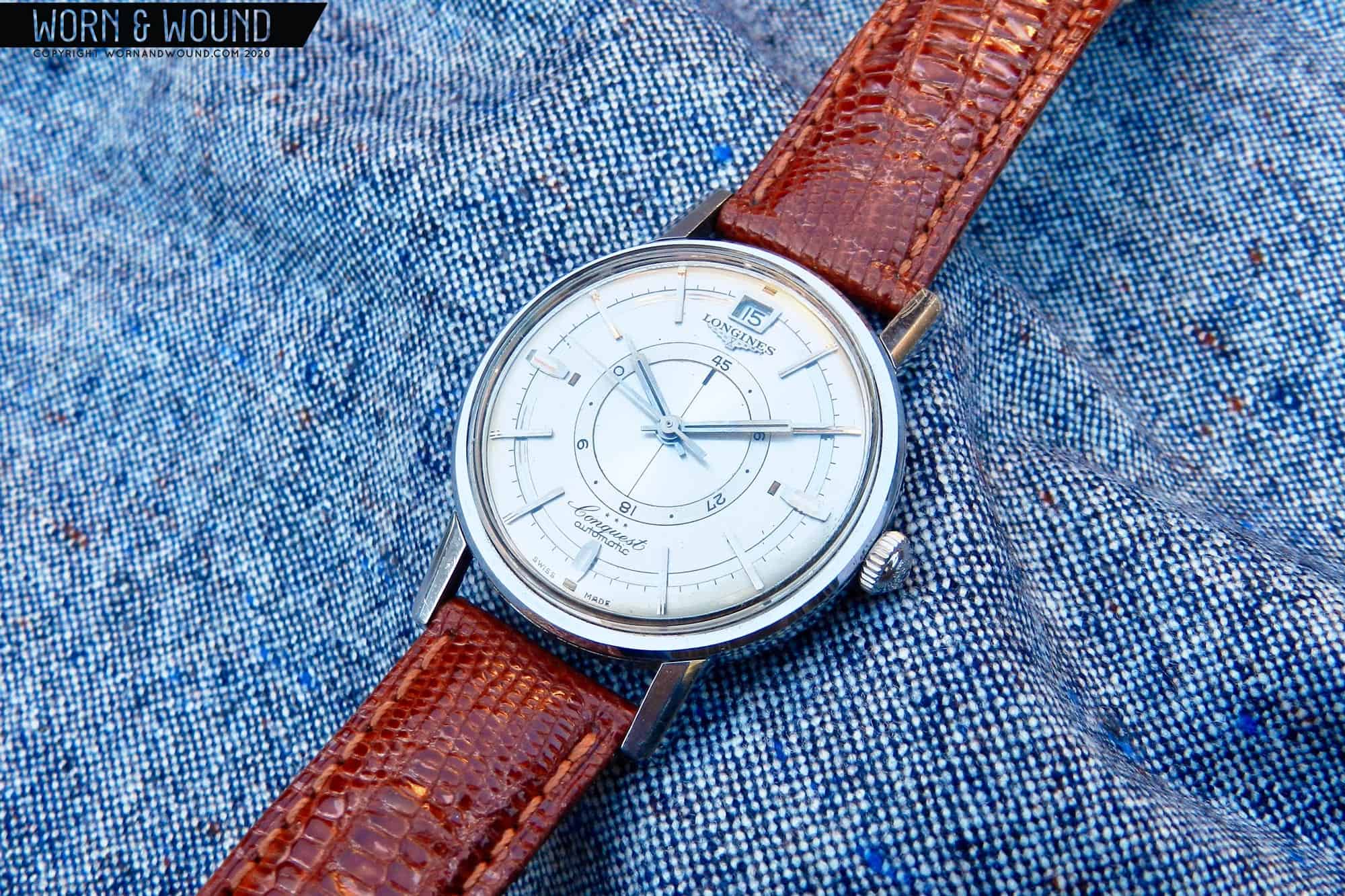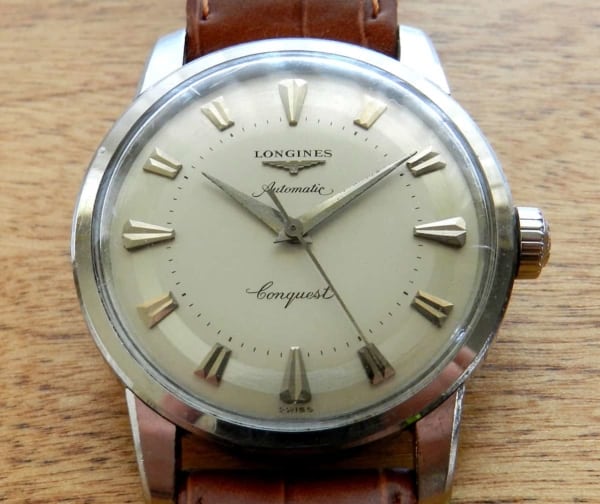Not all watch complications are created equal; some are simply cooler and more useful than others. One example is the power reserve indicator. It is a simple complication, used to indicate how many hours of power are left in the mainspring of a watch. Is it truly useful? Absolutely. It really is nice to be able to see at a glance how much juice you’ve got left before having to wind your watch. Back in the day, people didn’t have cell phones to give you the exact time instantly, so it could be a bit of a pain if your watch stopped running at an inopportune moment. Today it’s certainly more of a neat feature than a must-have, but on vintage watches, the power reserve definitely adds cachet.
The power reserve complication was invented by Breguet in the 1800s and was used in some Breguet pocket watches. The first wristwatch to see this complication was designed as a prototype, again by Breguet, in the 1930s but never saw production. It wasn’t until much later, when in 1948 Jaeger-LeCoultre introduced the Powermatic wristwatch with the caliber 928/2. The Powermatic went on to become an iconic and highly collectible watch model, going through multiple iterations throughout the years. Other companies began to adopt the power reserve as a complication, including Longines. Longines created the caliber 290 family of movements in 1958, and around that time or shortly after they introduced the caliber 292 and 294 with the power reserve complication in their already famous Conquest line. The caliber 294 is a 24 jewel automatic with a power reserve of 45 hours. Today I’ll be showcasing a Conquest Power Reserve from 1965.
The original Conquest models of the 1950s were more of a robust sports watch, but the style became dressier as the 1960’s hit. The Conquest Power Reserve (CPR for short) is a beautifully styled dress watch with more than its share of style points. Most power reserve indicators were (and still are) usually a small subdial or speedometer type with a simple hand indicating how much power remains. For the CPR however, Longines went with a completely unique and downright stunningly beautiful design. The dial is brushed silver with applied faceted steel hour markers, and a recessed steel ring that runs through the markers, giving it a ‘bullseye’ look. There is a date window with a faceted steel frame at 12 o’clock, which is an unusual location for most brands but actually quite common for vintage Longines. Just below that is “Longines” printed in black and an applied steel Longines logo, and “Conquest Automatic” in the classic Longines black script along with three small stars above the 6 o’clock marker.









 Featured Videos
Featured Videos




